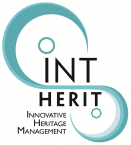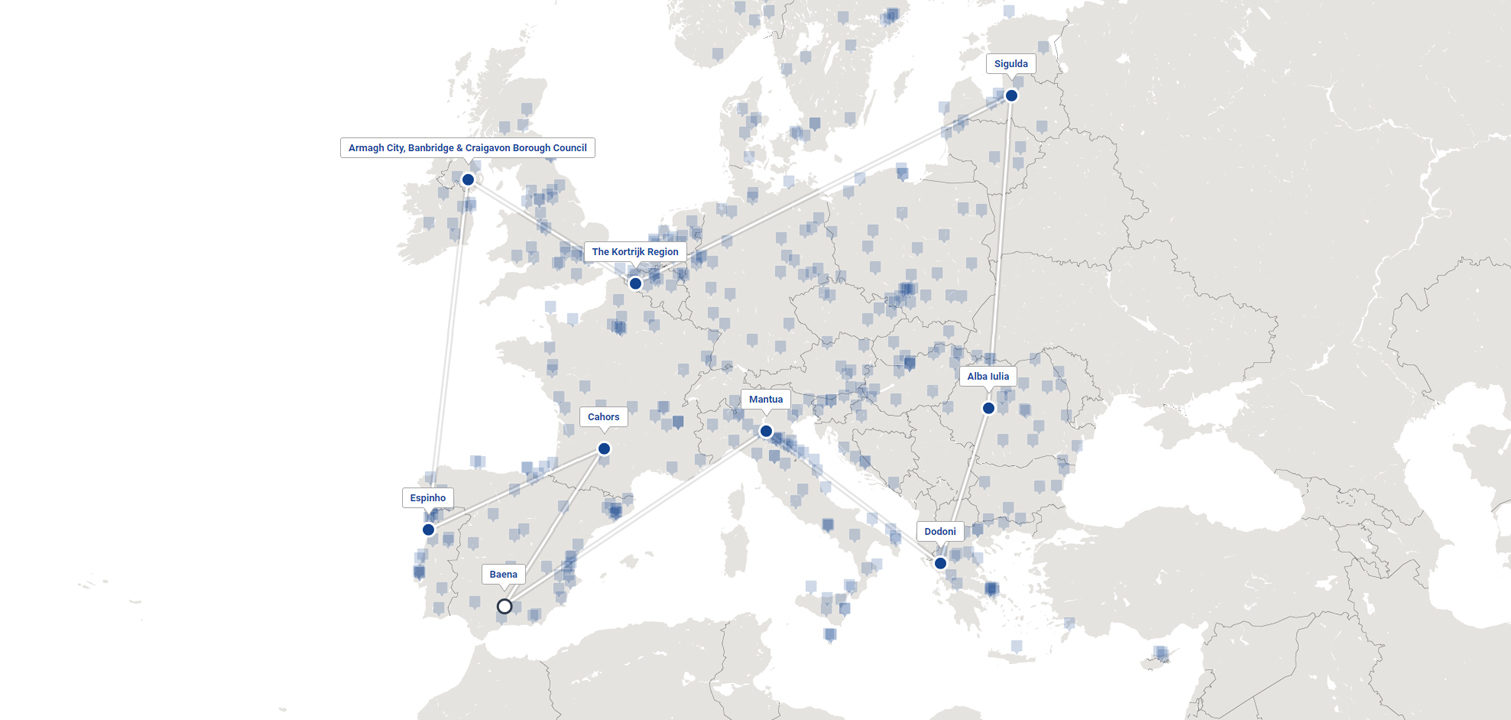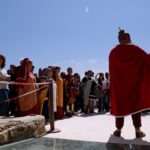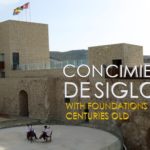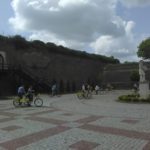Info-grafic produced by the Lead Partner Coordination Team The INT-HERIT project started in September 2017 in the lead city of Baena (Spain). Our trainings were held in Paris (France). The first training took place during the initial month of the…
Baena Castle
Third and last Voxpop video of the lead partner city Baena (Spain).
Archaeological Park – Torreparedones
Here – The video case of the network Lead Partner – Baena (Córdoba)
NT-HERIT, AN IMPLEMENTATION PROJECT
Travel Diary INT-HERIT is a network of cities that share and learn together in the implementation scenario of their cultural heritage management strategies. A type of methodology poorly known and tested for the first time by the URBACT Programme. Both…
An interesting overview on particular points
Please find here The Hints & Tips Document for our project
Palazzo Te, Mantova.
Here is the second video case of the Italian city of Mantova.
Baena Heritage – Creating Citizenship
Second Voxpop video of the lead partner city Baena (Spain).
Sigulda Castle Complex
Voxpop video of the Latvian city SIGULDA.
Alba Iulia Citadel
Voxpop video for the Romanian city – Alba Iulia, the so called the other capital.
Espinho City Hall’s Urban Rehabilitation
Voxpop video of the Portuguese partner -ESPINHO
